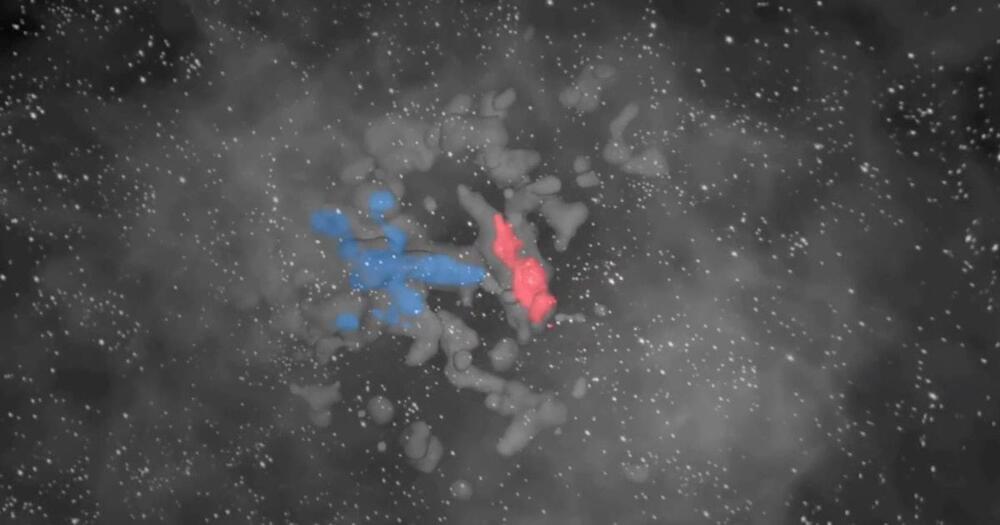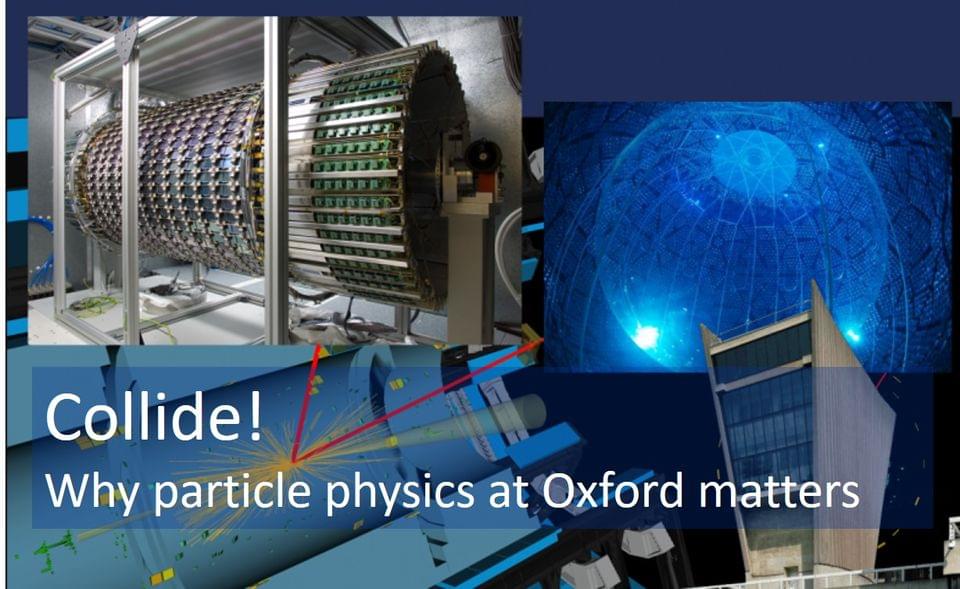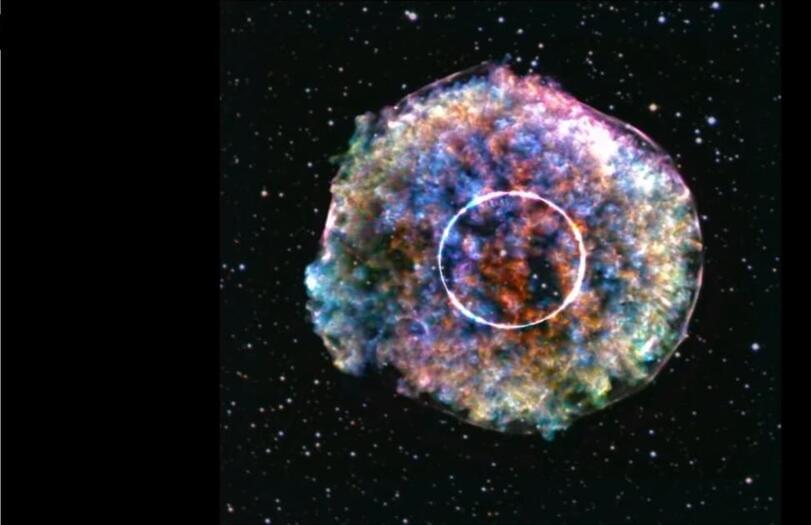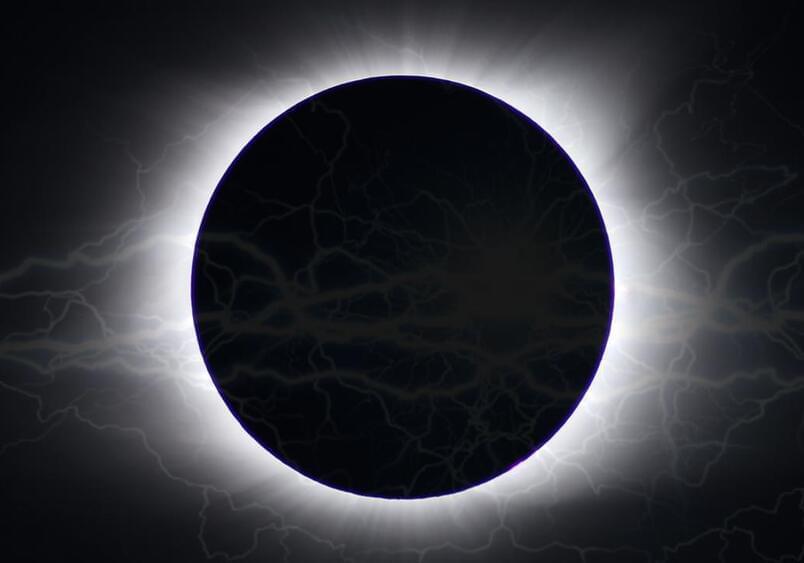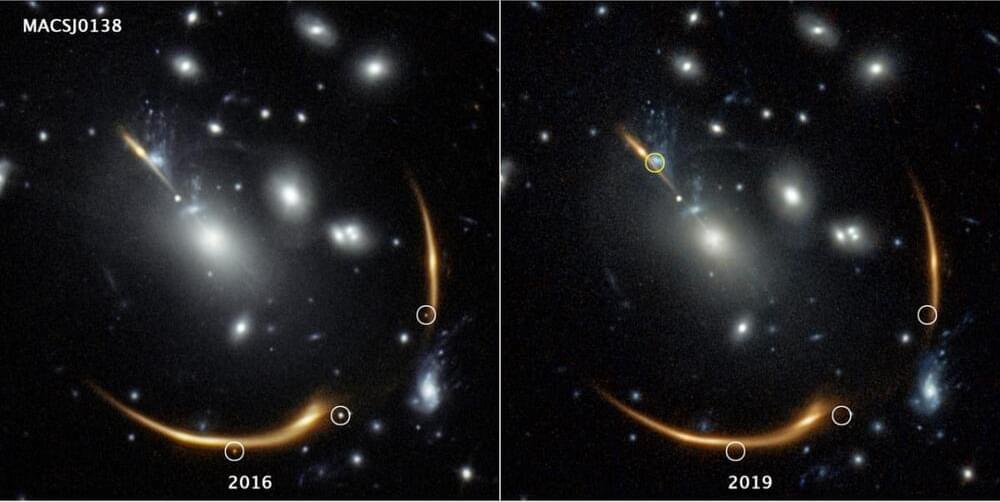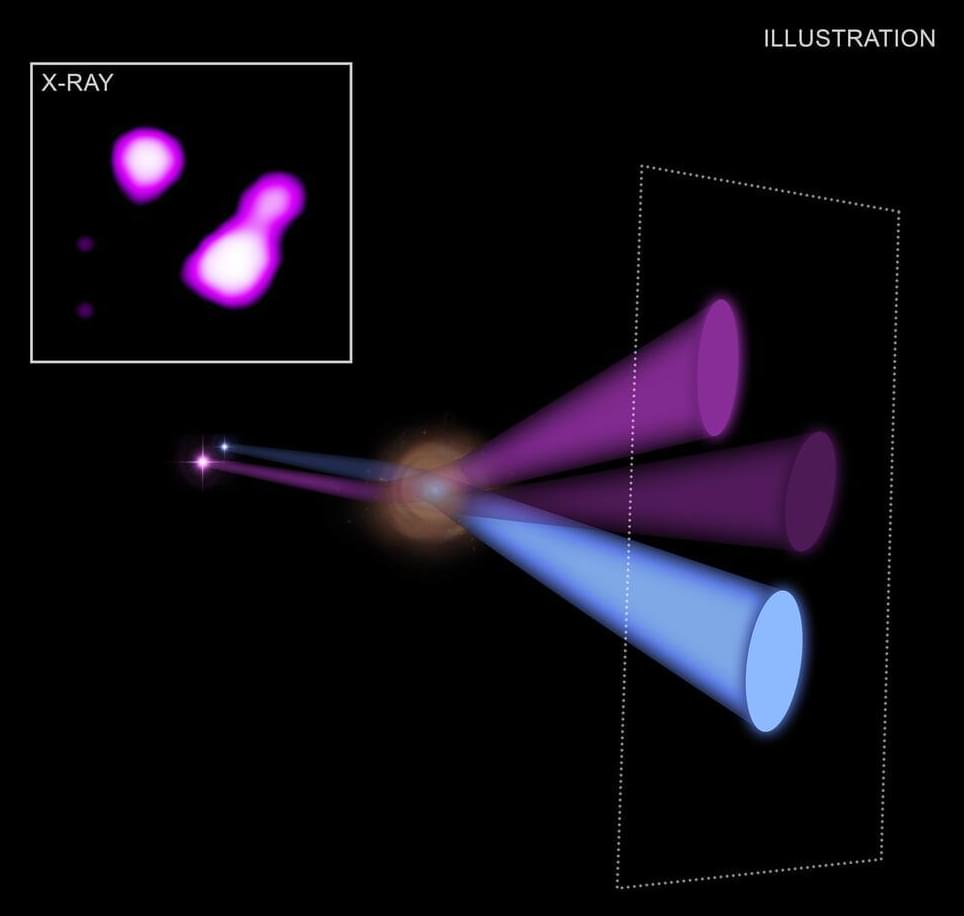Sep 22, 2021
A strange void found in space could solve an enduring mystery
Posted by Atanas Atanasov in category: cosmology
This void spans across nearly 500 light years.
Although space is vast, it mostly teems with gas, dust, rocky objects, or stars. But this region wedged between the star-forming clouds was bare, puzzling the astronomers.
Continue reading “A strange void found in space could solve an enduring mystery” »
